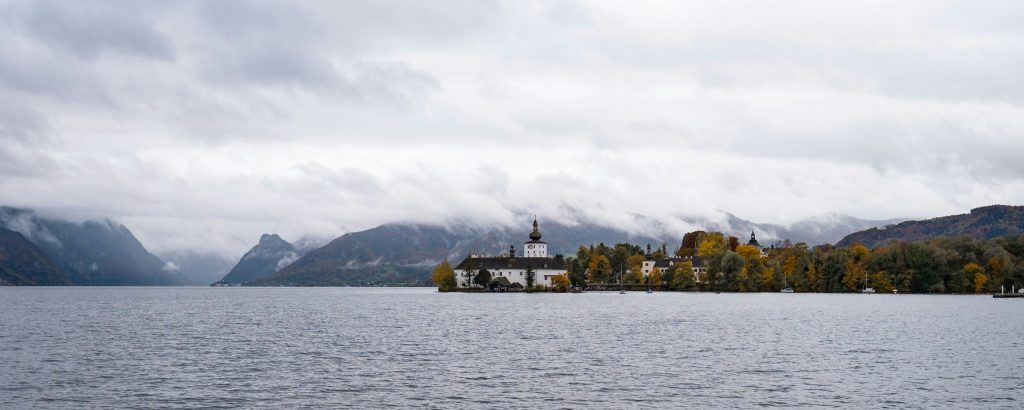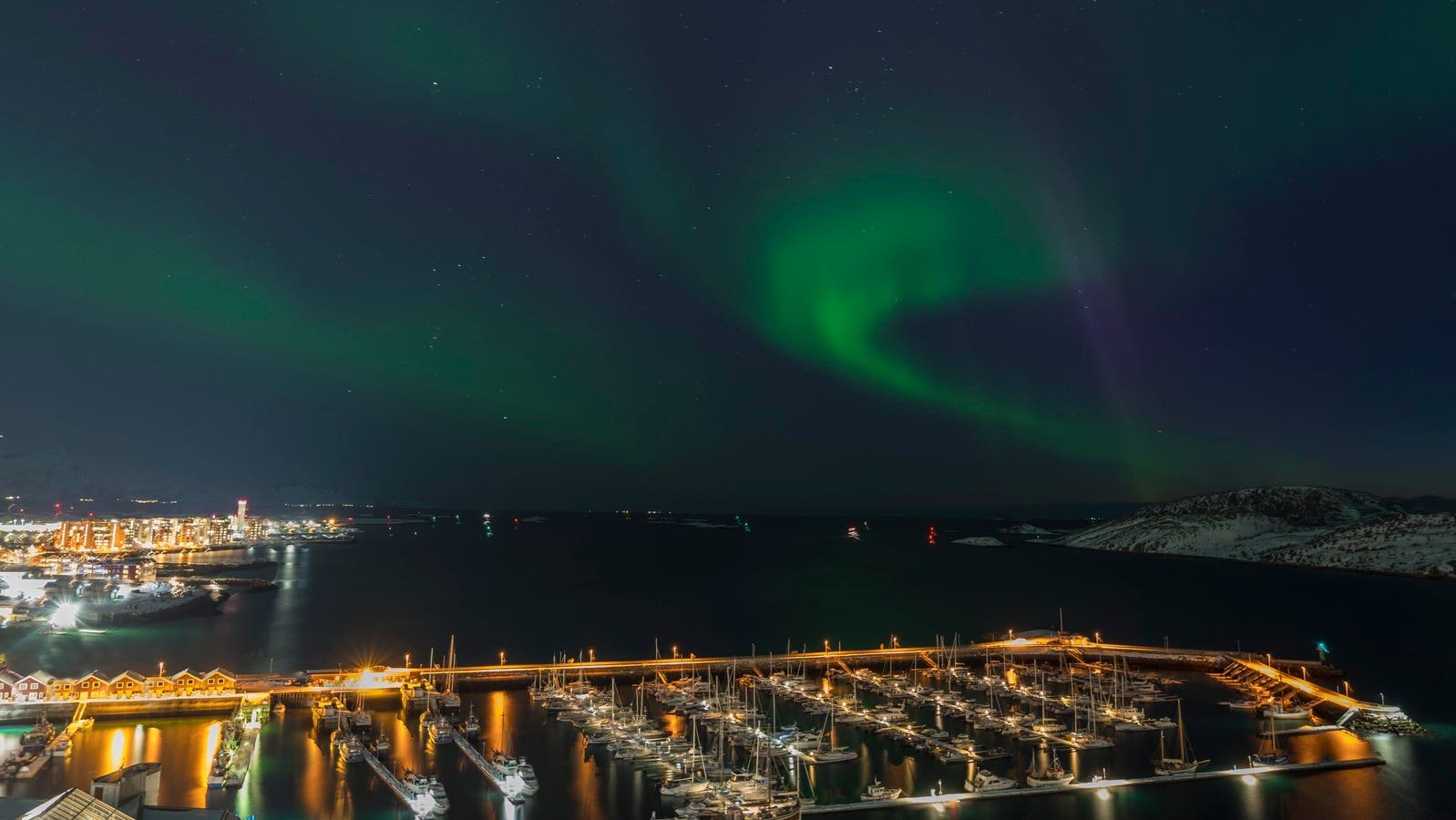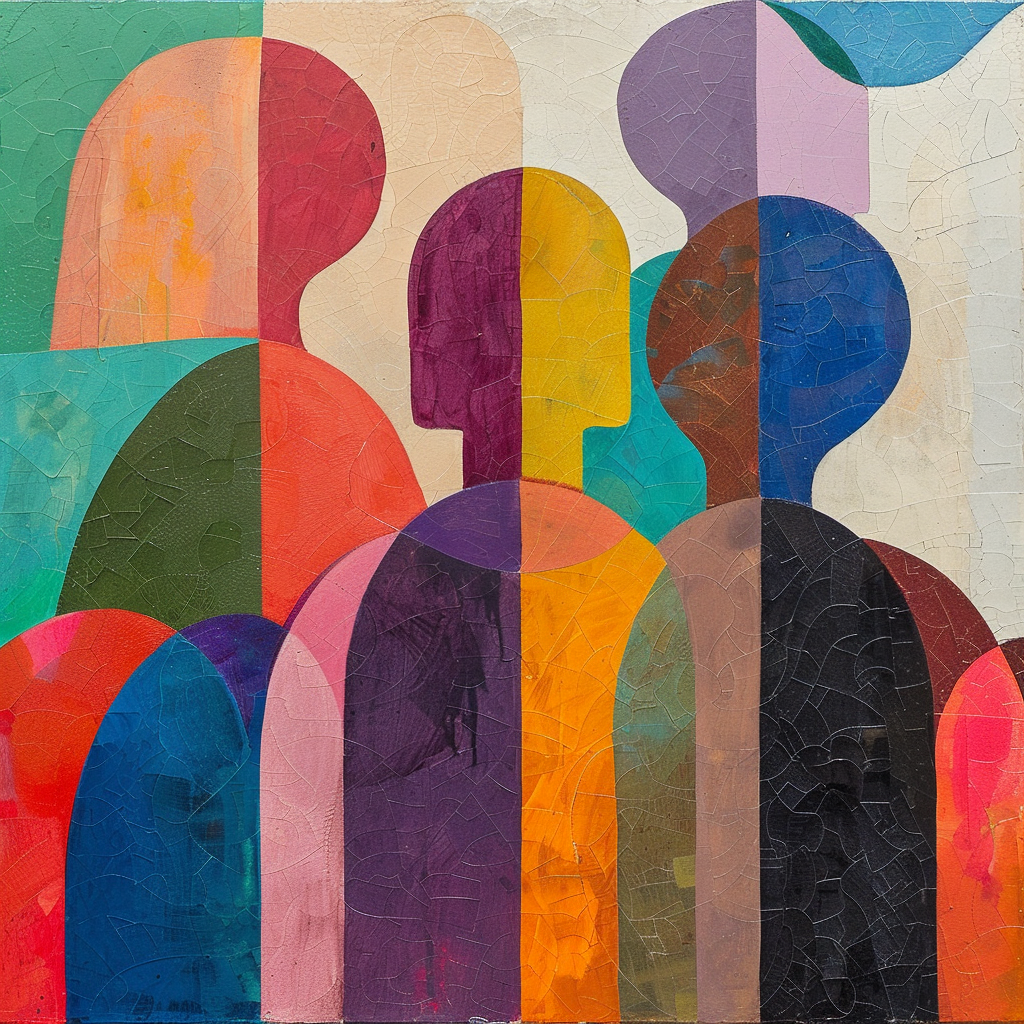What best represents our Europe? Is it the large cities, with their millions of people, countless structures, diversity, volume, growth, and vast offerings on all levels? Or is it the smaller towns and communities that, due to their limited size, make everything about us and our lives clearer, more distinct, and visible, like a condensate? Like a quickly graspable model of our societal present.
When the idea of European Capitals of Culture was launched in 1985, the Greek Minister of Culture and former screen icon Melina Mercouri, who initiated the idea, emphasized one thing: All European cities can apply, not just the major metropolises. Over the past 40 years, the results have proven her right: It’s the smaller winning cities that have brought all of Europe closer to us. Now, in 2024, a special novelty occurs – three smaller European cities form the winning trio: Tartu, Bodø, and Bad Ischl. In Avvy, discover what the three have planned, what their program and message entail, why these smaller cities have the potential for big surprises, and what it signifies about Europe and our future.
Do you have plans for May 17, 2024? Do you enjoy kissing? Do you believe that kissing is an essential part of what defines us? The beginning of everything. The most important element of our European culture?
Then come to Tartu, Estonia. Squeezed between Latvia, Russia, and Finland, the lively, alert, and intelligent city has been demonstrating since January 20 why it was chosen as the European Capital of Culture 2024. On May 17, even in the coldest part of Europe, Tartu will show what kissing can do, how Tartu can kiss, and what that means for us Europeans. The world’s largest kissing chain is just one part of the program, with lectures, symposia, panel discussions, and street debates on the topic of kissing framing it all. This is about the importance of sexuality for our health, communication, political decisions, and personal choices. The Kiss Summit with all participants will be broadcasted across Europe on TV – in case you can’t be there.

For now, everything is quiet – for now. © Credit: Getty
Otherwise: Go! Maybe as early as May 10, because that’s when the mobile saunas of Tartu roll through the city. “Naked Truth” is then on, the Sauna Debates Festival. With centuries-old knowledge that people are most honest and open when naked – especially in saunas. Centuries ago, leaders of rival Nordic tribes negotiated and concluded peace in saunas, face to face, naked, pure, visible without weapons. Sauna debate clubs in the form of mobile wooden barrels will open all over the city, with predetermined topics, discussion leaders, results, and joint statements on topics related to life and coexistence in Europe. Tartu! Kissing and a People’s Sauna Parliament that calmly sweats out topics.
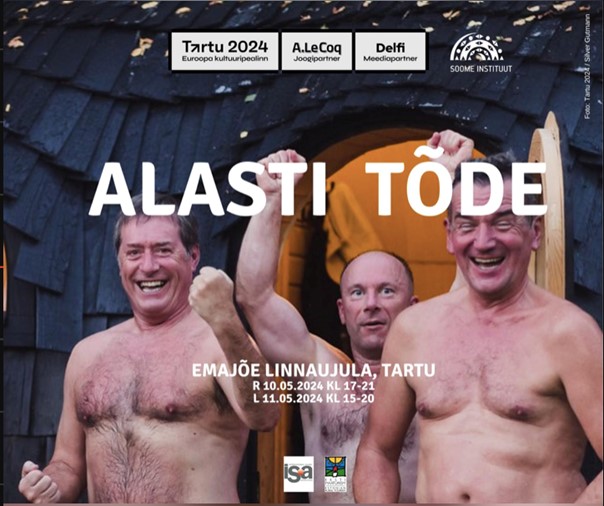
Mayor Urmas Klaas, Vice Mayor Magnus Tsahanka & Jak Madison are ready © Credit: Tartu/f
And both program points are part of a vast tapestry of themes. From “Growing With Your Food,” the “Flower Battle,” and “Tartu Poetry Street” to the “Tartu World University,” everything follows the same guiding principle, as clearly stated in the announcement for the Grand Opening: “Tartu and Southern Estonia present the history of the art of survival – the knowledge, skills, and values that will help us lead a good life in the future. As a community, we want to share this information and, at the same time, learn from others. The European Capital of Culture Tartu 2024 is, on the one hand, a great cultural celebration that attracts visitors from Estonia and abroad, and on the other hand, our chance to involve as many people as possible in laying the foundations for long-term change in Tartu and Southern Estonia.” In their four clusters “Tatu with Earth,” “Tatu with Humanity,” “Tatu with Europe,” and “Tatu with Universe,” the Estonians offer a colorful, wild, ruthless, and boundless fireworks that already leaves no choice but to fall a bit in love with these people in the northeast of Europe. Tartu aims to inspire and teach, but also to learn from all who come. For itself and for Estonia. And that’s exactly how the program is designed. It sends beautiful impulses and messages. And it receives – with special parts that continually open spaces for visitors from the country and around the world to leave their knowledge, beliefs, and spirit. Coming to Tartu means getting a lot and giving a lot. Tartu wants to and will show why exchange among us Europeans is vital for our best future.
Bodø, the European Capital of Culture from Norway, even further north than Tartu – honestly, the North Pole comes shortly after – also has a fireworks display to offer. However, it is focused on one thing: nature. Bodø has set a high goal for itself: to be the most sustainable city in the history of the European Capitals of Culture. Therefore, as a visitor to the Capital of Culture Bodø, you will primarily be one thing: outdoors! In nature.
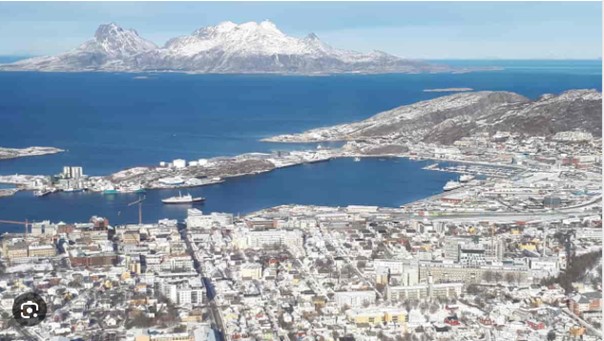
Bodø: Thaw only from March – but the program will heat things up. ©Credit: Marie Peyre
Together with the extensive Nordland region, Bodø will present its breathtaking, untouched arctic nature and captivating culture. The highlight: The precisely 1,000-event program will follow the light throughout the year, both in terms of content and organization. From the dark days of January to the Northern Lights and the midnight sun in summer. February, winter, cold? No matter: The opening ceremony on February 3 will also take place outdoors. On a floating stage in the marina with a spectacular show that will also revolve around the relationship with fishing, the environment, and the climate. And because focusing on nature is also a journey back to our roots, to times when we lived directly in nature, the indigenous people of North Norway are in focus in Bodø 2024: the Sámi, the indigenous population of the region. The Bodø City Museum will be transformed into a Sámi Museum for a year. And the innovative hybrid project ÁRRAN 360° gently brings millennia-old indigenous narratives into a new digital realm, with panoramic films shown in a specially built gigantic wigwam. If you want to experience the “Concert in the Sunken Cave,” you must be an accredited diver! Dive down and resurface in the 15-meter-deep cave, where you will be greeted by wonderful performances. No diving certificate? No worries: There is also a live stream.
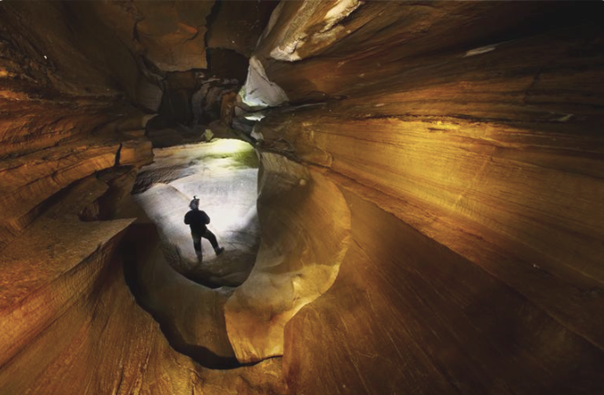
Dive to the concert hall 25 meters below the sea. © Credit: Nordland Turselskap
Or do you want to build the world’s largest snowman? Participate with thousands of visitors and locals in the mega-event “As Long We Have Snow!” Or experience Sting in his open-air summit concert or participate in the Pro’s & Amateurs “Arctic Race” on a bike equipped with spiked tires to ride all snow heights?
Bodø takes you on! And for a year, it will keep us captivated with nature and its needs, messages, and demands in ever new program points. Motto: We haven’t spared nature, why should it spare us? We are a part of it, and now is the time to live wisely. In its consequence, Bodø also does something else: For two-thirds of all program points, citizens of all ages with precise qualifications are ready – from the local baker to the famous naturalist – to provide great information, discuss, complement, or simply encourage.
Bad Ischl also wants to encourage. And in the main city of the Salzkammergut, everything is possible. For centuries. Because people from all European countries and the world pilgrimage to Bad Ischl. Because of the healing springs. Also the Emperor. Because of whom Sissi came. And because of her, the whole planet. But that was also the image corset in which Bad Ischl was confined for the last 240 years. Healing and homage surrounded by dreamlike mountains and streams. Bad Ischl burst this corset in 2019. And prepared for this explosion meticulously, diligently, and in complete inner liberation. With a brilliant move and a reaction never thought possible. The first part of the move was the application theme. Bad Ischl could have applied as the most beautiful, brightest, and most blessed Salzkammergut city with attractions beyond measure. The relatively small town with its almost 14,000 inhabitants was only admitted if it presented itself together with the entire 23 neighboring cities and municipalities as “Bad Ischl + Salzkammergut” – the entire Salzkammergut as one city. A creative statute change by the “European Council” – the decision-making body of the EU for the Capital of Culture – made it possible for very small cities to participate in the competition.
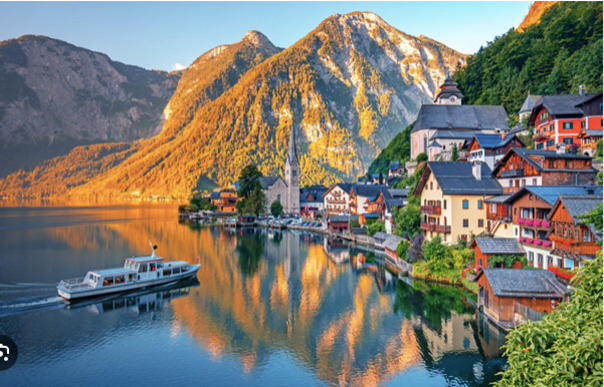
Salzkammergut World Star Hallstadt – also part of the European Capital of Culture! © Credit: WTG
So, Bad Ischl was clever and presented the region as the lead city not with one of its superlatives, but with what unites everyone: salt! Not tourism, mountains, lakes, and forests connect all communities and cities in the region. But salt! The immense salt deposits and trade with them have nourished, enriched, and internationally networked the region for centuries. It attracted the wealthy and powerful to the country, who, while doing business, fell under the spell of the region and thereafter also came as tourists again and again. The Salzkammergut has thus become a place of longing, and the historical cultural landscape in the inner Salzkammergut is now part of the UNESCO World Heritage. The idea: to transfer this shared white gold, as it was once called, into the present and future. Therefore, the credo of the application was: “Born from salt, enriched by salt, and with salt, we go into the future: ‘Culture is the new salt.'” With a full program that repeatedly lets you feel the power of the common treasure trove. Whether it’s “5 Days of Being a Salt Farmer,” the concert of the world-famous Vienna Philharmonic in the salt mine, or “Mountain People Reloaded” and many more – the cornucopia is full.
Ines Schiller, the mayor of Bad Ischl, had the ammunition she needed. She, the clever architect of the successful application, was facing a shattered situation in early 2015. All 23 municipalities were at odds with each other due to various animosities. Feuds that had been smoldering for over 200 years. There was only one thing all 22 neighboring municipalities always agreed on: being jealous of the superstar Bad Ischl.
That was the situation.
Ines Schiller called all 22 mayors together, presented the main theme, laid out a plan for the possible roles of each individual municipality, showed vast spaces in which each could redefine their role creatively and independently. She was charming and – being new in office – unburdened, conducted numerous individual conversations, mediated current and old feuds, brought together, united the Salzkammergut, united the mayors!
And at the same time, she solidified this unity with a directive: Any decisions regarding the application and the program can only be made if all mayors unanimously vote yes. And she pulled it off!
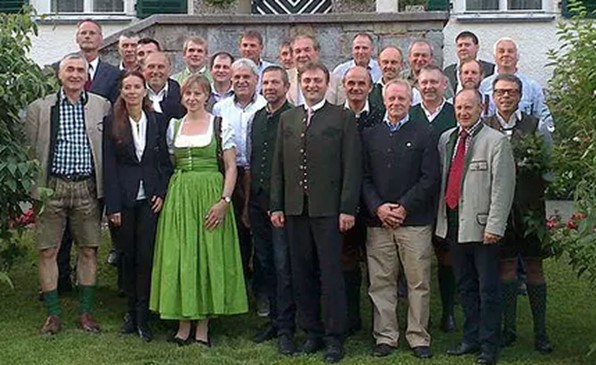
Ines Schiller and her mayoral team in the summer of 2023. ©Credit: Bad Ischl/T.
When the EU announced in April 2019 that Bad Ischl + Salzkammergut would become the European Capital of Culture 2024, the 23 mayors fell into each other’s arms in the Trinkhallen Hall of Bad Ischl, cheering like a football team.
With a battle cry: “With our grown compactness, shielded by mountains, lakes, and rivers, we stand as an example for many other world regions and serve equally as a showcase and laboratory to be able to face the increasing political, cultural, economic, and ecological challenges of Europe and the world.”
Go there! Go to the Salzkammergut! Go to Bodø! Go to Tartu!



